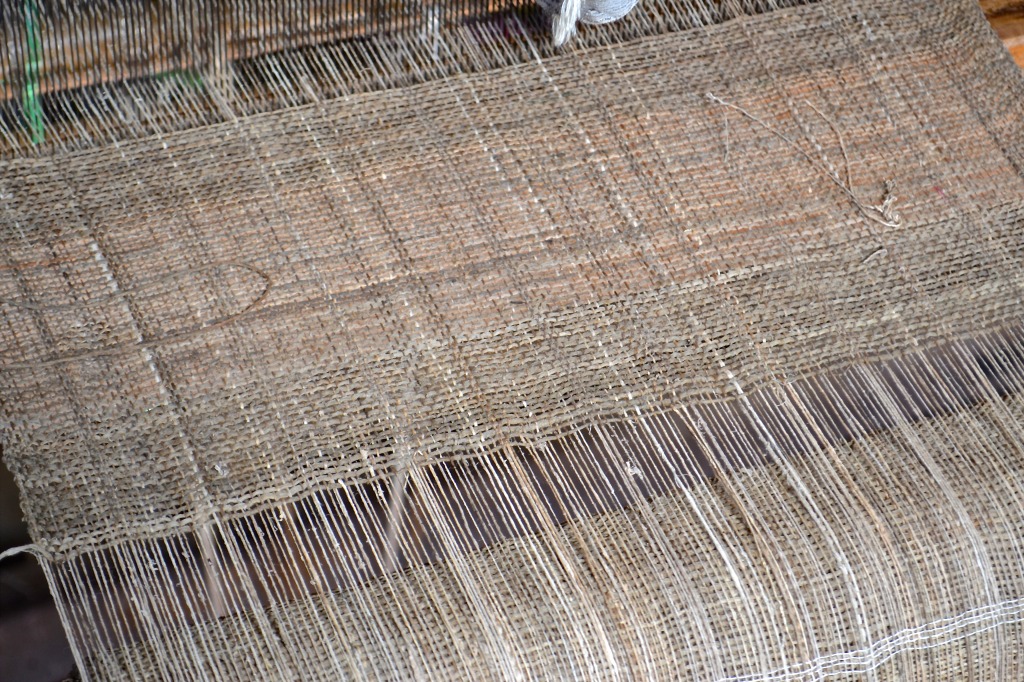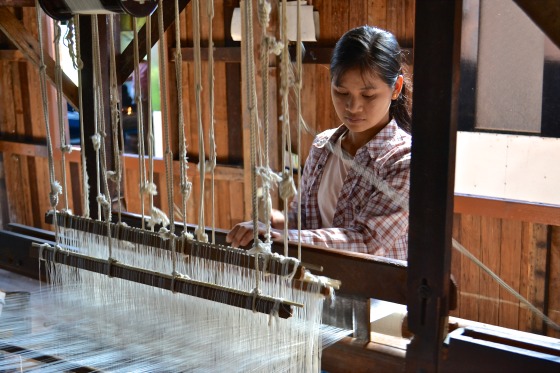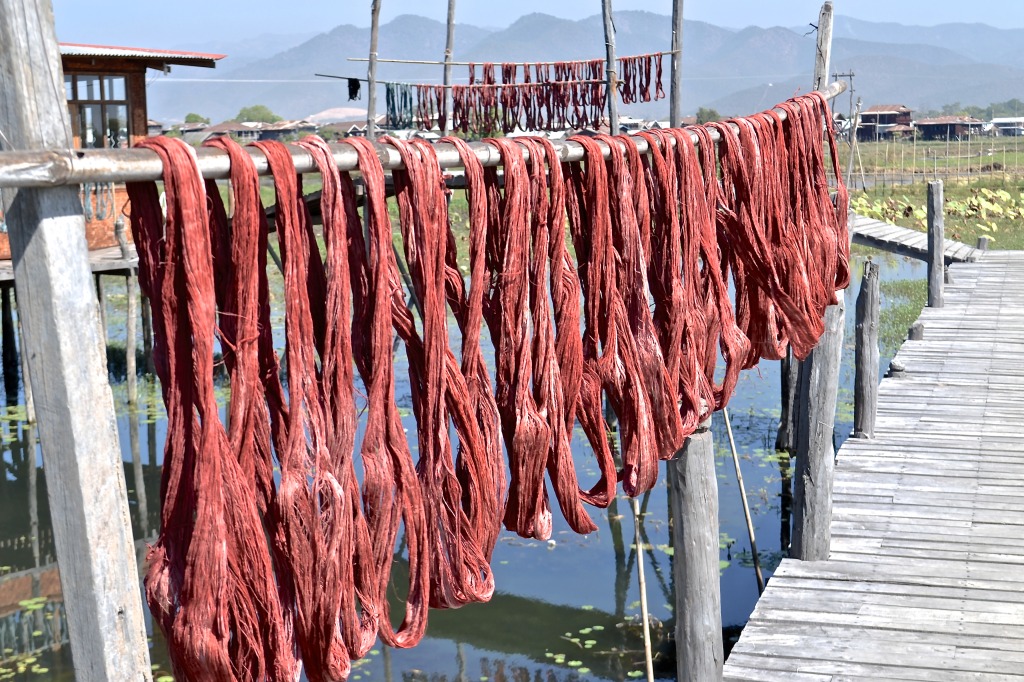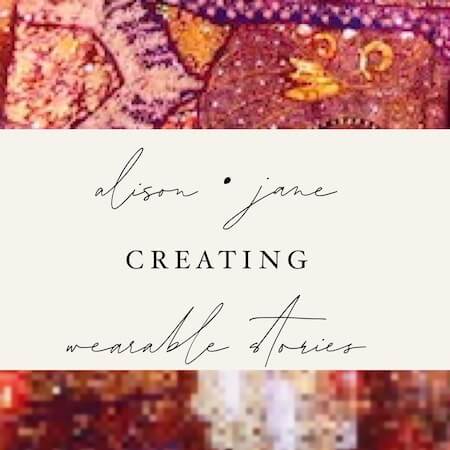Lotus Weaving of Inle Lake Myanmar
The image of the lotus is everywhere in Burma. It holds the basis for untold powers of healing and is the source of much folklore. I was thrilled to learn that during my trip we would be visiting the Khit Sunn Yin Hand Weaving Center to see the lotus weaving of Inle Lake Myanmar.

I had previously thought rare silks or threads of cashmere were the most labor intensive and luxurious of fibers. Little did I know that another fiber really set the gold standard. While visiting, we had the opportunity to watch the entire process of lotus weaving and learn of the incredible workmanship that goes into each and every textile piece.


The villagers also believers in the healing powers and many wear the fabric themselves. In different instances, I heard claims of relief of asthma, heart conditions, lung and headaches. In any case, it is a beautiful fabric, and I am happy to join the villagers in wearing this distinctive cloth {by way of a scarf} and supporting an indigenous craft. The texture of the fabric is similar to a raw silk or linen, and has an incredibly soft hand.
Just a short boat ride from our sanctuary on Inle Lake is a over the water workshop filled with activity. As you approach the building in your dug out boat, a strange clack, clack overwhelms any other sound in the area. The looms are busy at work. When we first arrived, we were treated to a demonstration of how the lotus fibers are harvested. After the rains of the monsoon, the lotus flower is in its glory. Bright pink flowers apparently indicate the best fibers. The time consuming stripping of the stalk of the lotus takes place when the stems are freshly picked.
Porous fibers are twisted and rolled together with water, spun, and then washed again. The original color is a beautiful earth tone with subtle variations throughout the threads. Natural dyes are made from the bark of a tree, flower petals, leaves and fruit. A primitive stove cooked the spun fibers in many different dye baths, pieces of wood keeping the vats boiling and smoking. The effect in the dark building was quite surreal as brilliant sunlight flooded in through some of the windows. Fabric and skeins make dramatic visual drying outside.


Pin Me ♥ Lotus Weaving Inle Lake Myanmar
Yes there’s more to read about Inle Lake:
Instagraming the Markets of Inle Lake
Delicious Fish Curry from Inle Lake (and a recipe)









































How fascinating. I’ve never heard of this cloth before. Wonderful to hear about such a unique cooperative thriving.
As you say though, I do hope that the response to increasing demand can be managed in environmentally sensitive and sustainable ways.
it is incredible how much care and work goes into the process, each must be totally unique too which is a great memory to take away and wear at home
What a lovely age-old craft! It’s nice to hear the weaving cooperatives are helping to support the ongoing viability of lotus weaving… And it must have been quite special to see the weavers :-).
A very interesting post. I’ve never heard of lotus fabric before. Perhaps that is because of its rarity and its price. It looks like a beautiful fabric.
What a beautiful, educational post. Isn’t it interesting to see the high prices this material can command in the right markets. I wonder how long it takes for lotus to grow. Such patience to make such fabric.
I didn’t know about lotus cloth. We are hoping to get to Myanmar in 2015 and would like to check this out!
What amazingly beautiful textiles! It looks like they are made so lovingly.
It is interesting how weaving developed all over the world. So similar from place to place, yet so different.
This is a fascinating art. Your images are spectacular.
Thanks so much Carole. Myanmar,certainly gave me loads to work with!
The scarf with its subtle hues pictured at the top of your post is absolutely beautiful. What an interesting and fascinating post and we can’t wait to visit this amazing country in 2015!
Hi! Just back from Myanmar, where we were taken to Mya Setkyar at No 131B Shwe Wah Str, Nyaung Shwe Haw Gone Qtr. I wanted to find Khit Sunn Yin and our guide told us it was too far away. When we were leaving, I saw Khit Sunn Yin painted on the side of the building right next door. Don’t know if they have moved, but wondering if you can find me an address for them. If they really were right there, and I was mislead, I am going to ask someone from the tour company to go back and purchase what I wanted. Thanks for any help you can give. Jan
I visited Inle Lake a few years ago and was able to purchase an orange lotus scarf. I wear it often and it is very special to me.
I treasure mine Barbara, it’s natural color and feels like raw silk. It’s hard to comprehend the time that goes into making one.
They are very protective of their craft. You can only by the fabric from them and no one else.
They are Denis and I think that is a good thing. So many artisans are “discovered” and then someone adapts their craft for production. This is such a labor intensive process I hope they can continue to thrive.
Great report! Does anyone know whom to contact to obtain a few gram of the raw material (untreated)? Thanks for your help!
I’m sorry Svenja, I do not. I would think you could email the weavers I have listed and perhaps they could send some to you.
I was in Myanmar 4 year ago and I bought a sharf in Lotus at Mya Setkiar Silk. It was very nice and now I would like another one so I need to know their e-mail address. Will I find a nice peaple who send to me it ? Have a nice day! Luigi. 04.03.2017
I wish I could help you out Luigi. Have you tried searching on line for more information?
This is absolutely fascinating and has made me that much more excited for my trip to Myanmar in November!
Great to hear Jennifer. I’m excited for you and think you’ll love all Myanmar has to offer. If I can answer any other questions, just let me know!